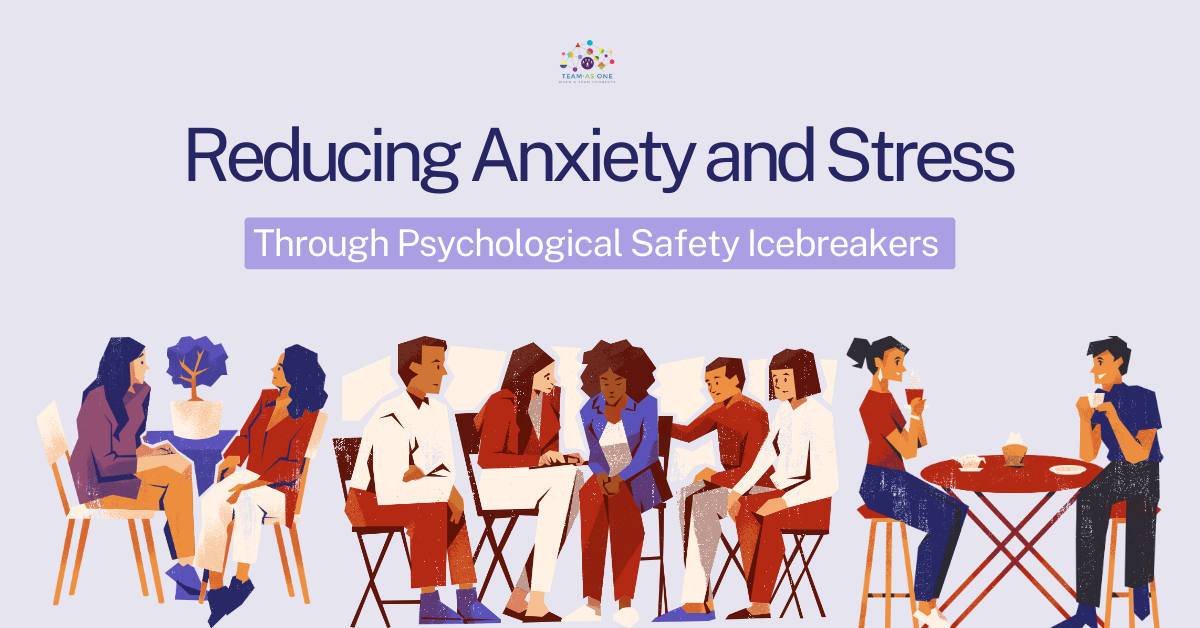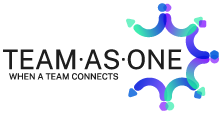Welcome to the world of psychological safety icebreakers! The engaging activities aim to foster an environment where everyone feels comfortable. In this introduction, we’ll explore the concept of psychological safety. How these simple yet effective icebreakers can help teams build trust, enhance communication, and unleash creativity. So, let’s dive in & discover how these activities can create a supportive atmosphere for all. Test
What are Psychological Safety Icebreakers?
Psychological Safety Icebreakers are simple activities or games designed to ease tension, facilitate introductions, and encourage participation. They serve as social lubricants, melting away the initial awkwardness that often accompanies group settings. From sharing interesting facts about oneself to participating in collaborative challenges. The Icebreakers come in various forms, tailored to suit different contexts and objectives.
The Benefits of Icebreakers
Building Trust and Connection: Psychological Safety Icebreakers provide a platform for individuals to share personal anecdotes, hobbies, or experiences in a non-threatening environment. As participants share personal details, they see each other as individuals, fostering trust and connection.
Encouraging Participation: In larger group settings, it’s easy for individuals to fade into the background, hesitant to speak up or share their ideas. Icebreakers encourage everyone to participate, regardless of their personality or position within the group. This inclusivity ensures that every voice is heard and valued.
Fostering Creativity and Collaboration: Many Psychological Safety Icebreakers activities involve problem-solving or creative thinking exercises. By working together to overcome challenges or complete tasks, participants learn to leverage each other’s strengths and brainstorm innovative solutions. This collaborative spirit extends beyond the icebreaker activity itself, enhancing teamwork and productivity.

Reducing Anxiety and Stress: Walking into a room full of strangers can be nerve-wracking for even the most extroverted individuals. Icebreakers provide a structured way to ease anxiety and alleviate stress by shifting the focus away from individual insecurities to shared experiences and laughter.
Creating a Positive Atmosphere: Laughter is often the best Psychological Safety Icebreakers of all. Icebreaker activities inject an element of fun and playfulness into group interactions, setting a positive tone for the rest of the session or meeting. This upbeat atmosphere can improve morale, increase engagement, and even boost creativity.
Examples of Effective Icebreakers
Two Truths and a Lie: Each participant shares three statements about themselves – two truths and one lie. The rest of the group then tries to guess which statement is the lie that sparks the conversation.
Marshmallow Challenge: Teams are given a handful of spaghetti, a marshmallow, string, and tape, and tasked with building the tallest freestanding structure possible in a limited time frame. This hands-on activity promotes teamwork, creativity, and quick thinking.
Speed Networking: Participants pair up by having a set amount of time to introduce themselves with a prompt discussion, then switch partners. This rapid-fire format encourages quick connections and keeps the conversation flowing.
Emoji Icebreaker: Each participant selects an emoji that represents their current mood or how they’re feeling about the upcoming session. This activity allows individuals to express themselves visually and can lead to insightful discussions about emotions and expectations.
In Conclusion
Psychological safety Icebreakers is the cornerstone of effective teamwork and collaboration. Incorporating icebreakers into group settings like team meetings, workshops, or networking events creates environments where individuals feel valued, heard, and empowered to share their ideas openly. When faced with a room full of strangers, remember the power of icebreakers to melt away barriers and pave the way for meaningful connections.

